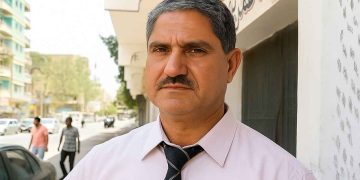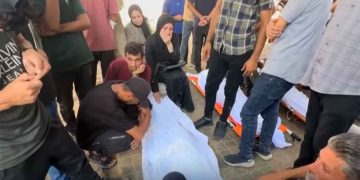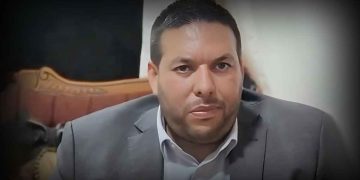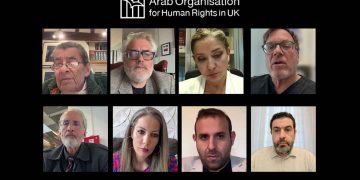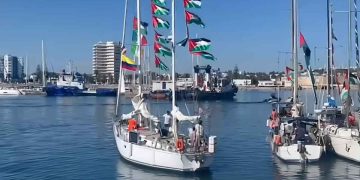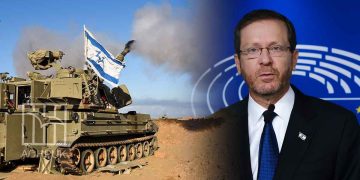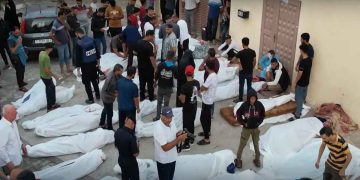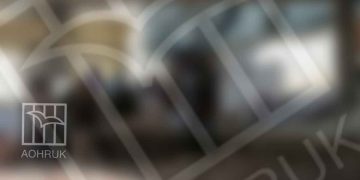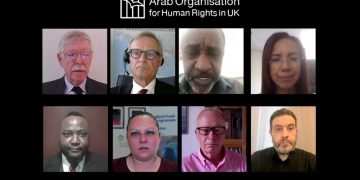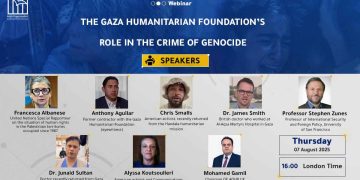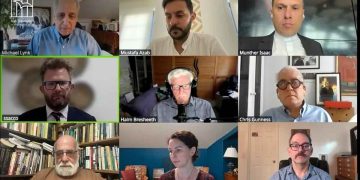Jerusalem is one of the most holiest places in the world. It has remained one of the national cornerstones of the Palestinian struggle since the early 20th century when it was seen as a hub of the Palestinian resistance to Israeli occupation forces.
The issues particular to Jerusalem are also seen as the catalyst that sparked the two Intifadas during the past two decades. The Palestinian position is clear, in that no solution to the Arab-Israeli conflict is acceptable without the eastern part of Jerusalem being recognised as the capital of an independent Palestinian state.
On 30 June 1967, Israel unified the Eastern and Western parts of Jerusalem and declared the holy city the capital of Israel. From that point, Israel has sought to change the character of the city in general and Al-Aqsa Mosque in particular.
In 1946, the total area of Jerusalem was estimated to have been around 20.19 km2 (eastern part 0.86 km2 + western part 0.86 km2 +18.46 km2outside the city’s walls). On the eve of the 1967 war, the total area of the city was estimated to have been around 44.5 km2(eastern part 6.5 km2 + western part 3.8 km2). Following the Oslo Accords between the Palestine Liberation Organisation (PLO) and the Israeli government in 1994, the total area of Jerusalem (both the eastern and western parts) was estimated to have been around 123 km2 (70.4 km2 eastern part + 52.6 km2 western part)
All Israeli governments that have come to power following the occupation of the eastern part of Jerusalem in 1967 have worked tirelessly to surround the city with settlements in order to separate it from the rest of the West Bank, both geographically and demographically.
As a result there are now 29 settlements in Jerusalem, 14 of which are in the eastern part. The settlements are spread throughout the city and around it, and are the home to more than 200,000 Israeli settlers
The Israeli government of Prime Minister Ariel Sharon began constructing the Apartheid Wall in 2002. The 770km wall runs along the armistice line of 1949.The length of the concrete wall in Jerusalem is around 168km, 5km of which run along the Green Line and the rest inside the West Bank.
As a direct result, more than 30,000 Palestinians carrying the Jerusalem ID card have ended up living outside the city. Other villages in the north and the east of the city with a total population of 84000 people have been cut off, or been cut into two, separating families and neighbours from each other such as the case of Abu Deis.
The Israeli government makes it virtually impossible for any Palestinian to obtain a building permit in Jerusalem, According to the Israeli Information Centre for Human Rights (B’Tselem), more than 409 homes were demolished between 1992 and 2003 and 545 between 2004 and 2014 because their owners did not have a permit.
Israeli authorities have designated 86% of the lands of East Jerusalem as either green zones or earmarked for the construction of settlements. The remaining 14% was allocated for Palestinian residential areas which have now covered every corner of the tiny area.
Moreover the occupation seeks to strip the citizens from their residency. According to recent estimates, Israel has withdrawn the ID cards of more than 14000 Palestinians from East Jerusalem since 1967.
To seek to substantiate their purported historical claims, Israeli excavations in Jerusalem are a daily activity as archaeologists frantically seek to find evidence that Jews inhabited the city in ancient times. Fifty years of excavations have failed to unearth any evidence proving Israeli claims. It is worth mentioning that these excavations have posed a great danger to the foundations of many Palestinian buildings and also to Alaqsa Mosque. Israel has also appropriated thousands of historical relics belonging to various Islamic periods.
UNESCO issued a number of resolutions condemning Israeli excavations under Al-Aqsa Mosque, which is listed as a World Heritage Site.
Over recent years, Israeli settlers, protected by the police with the blessing of the Israeli government, have intensified their daily incursions into the Mosque’s compound.
Israel has made no secret of its plans to divide Al-Aqsa Mosque between Arabs and Jews to allocate time slots and specific locations for Jews to pray in the Mosque’s compound. Similar measures were imposed on Ibrahimi Mosque in Hebron in 1994.
Because the Israeli measures in Jerusalem constitute a threat to international peace and security, we call upon UK government and international community to :
- Exert pressure on Israel to force it to comply with Jerusalem-related resolutions; and to enforce these resolutions and turn them into a reality on the ground, especially since Israel considers itself above the law and protected from accountability by international legal instruments.
- Collaborate with Arab and Muslim countries to establish a special fund for the purpose of supporting and compensating the Arabs of Jerusalem whose homes have been demolished.
- Criminalise the activities of Zionist organisations which collect tax-free donations for the construction of settlements and rebuilding of the Temple Mount in Jerusalem.





